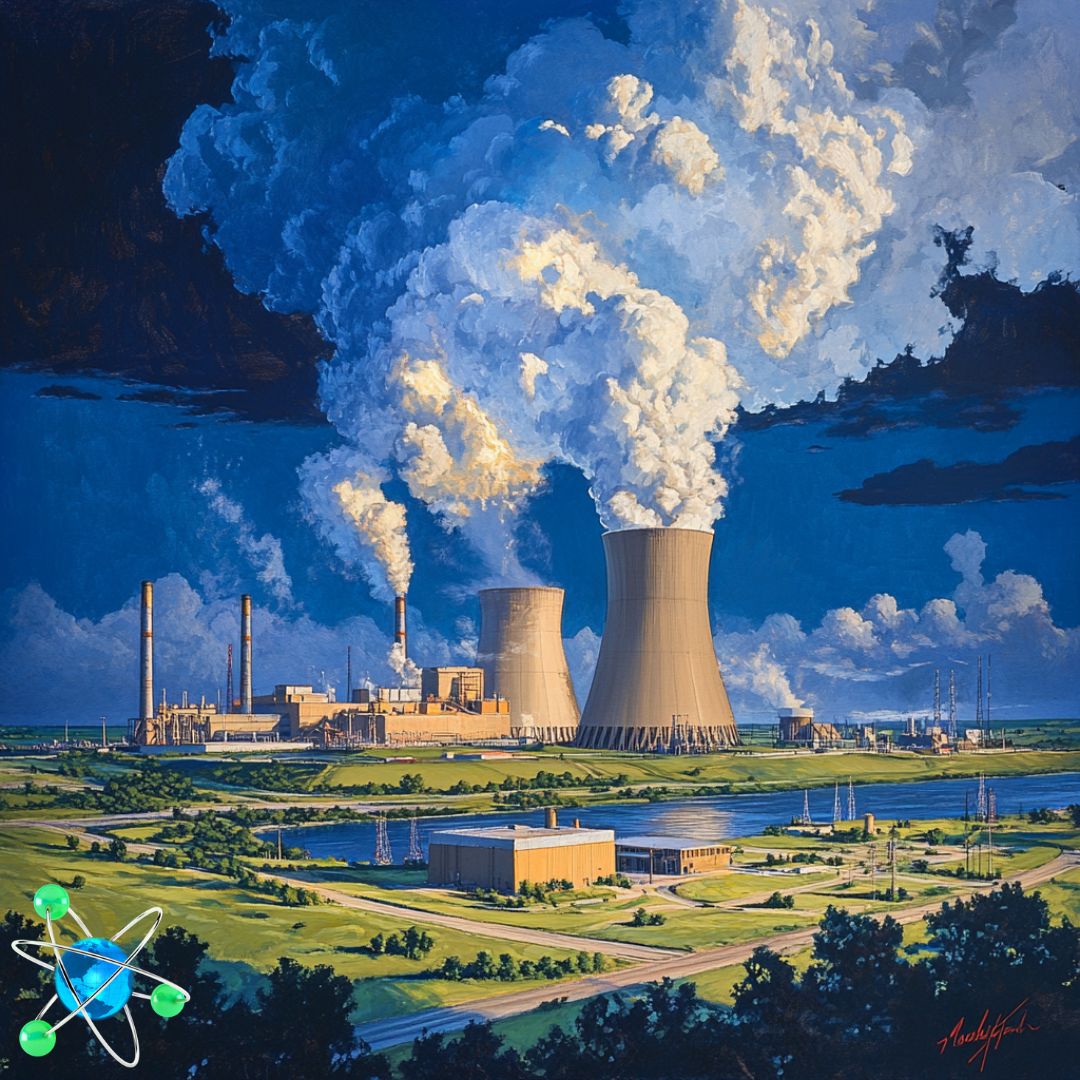
- NextEra Energy is considering reopening the Duane Arnold Energy Center in Iowa to meet the rising demand for carbon-free energy, driven by increased electricity consumption.
- The Duane Arnold plant, which shut down in 2020 after 45 years, was initially retired due to economic reasons and damaged by a derecho. NextEra CEO John Ketchum emphasized the need for a comprehensive risk assessment before deciding on restarting the reactor.
- As the U.S. seeks to reduce carbon emissions amid growing power demand, nuclear energy is gaining renewed interest, despite past safety concerns and high costs, with utility executives advocating for its role alongside renewables for grid reliability.
NextEra Energy is exploring the possibility of reopening a nuclear plant in Iowa to meet the growing demand for carbon-free energy amid a historic increase in electricity consumption.
The Duane Arnold Energy Center located in Palo, Iowa shut down in 2020 after 45 years of operation. NextEra CEO John Ketchum stated on Wednesday that a comprehensive risk assessment is necessary to determine if restarting the reactor is viable.
“There would be opportunities and a lot of demand from the market if we were able to do something with Duane Arnold,” Ketchum said on NextEra’s second-quarter earnings call Wednesday.
The Duane Arnold plant, initially slated for retirement in late 2020 after its main customer, Alliant Energy, pursued cheaper energy options. It ended operations two months early due to damage from a derecho, a severe windstorm that affected parts of the plant, including its cooling towers.
Over the past decade, nuclear energy has declined in popularity as plants faced competition from cheaper sources like natural gas and renewables. The 2011 Fukushima disaster in Japan further heightened safety concerns. The Congressional Research Service reports that a dozen U.S. nuclear reactors were decommissioned between 2013 and April 2021.
Drive for carbon-free energy
Interest in nuclear energy is resurging as the U.S. confronts a surge in power demand driven by artificial intelligence data centers, a revival of domestic manufacturing, and increased electrification of the economy.
Mark Nelson, founder of Radiant Energy Group, noted on CNBC’s “Last Call” in June that existing nuclear plants are the most sought-after power sources right now. They’ll be able to nearly set their own terms for expanding to serve data centers directly on their doorstep.
As electricity demand climbs, the U.S. is also striving to reduce carbon dioxide emissions by rapidly expanding renewable energy sources. However, solar and wind energy continue to face challenges in delivering consistent power due to their reliance on weather conditions.
While CEOs in the renewable industry believe battery storage will ultimately solve that problem, utility executives have insisted that nuclear and natural gas are needed to maintain grid reliability.
Last month, Southern Company CEO Chris Womack indicated that the U.S. will need to deploy over 10 gigawatts of additional nuclear power to keep up with rising electricity demand. Southern Company is one of the largest utility firms in the U.S. It completed its first new nuclear plant in decades last year, although the project was both delayed and exceeded its budget.
The drive for new nuclear power has also encountered criticism. AES Corporation CEO Andrés Gluski remarked to CNBC in June that the excitement around nuclear power is “overblown,” highlighting the high costs involved in constructing new plants.
